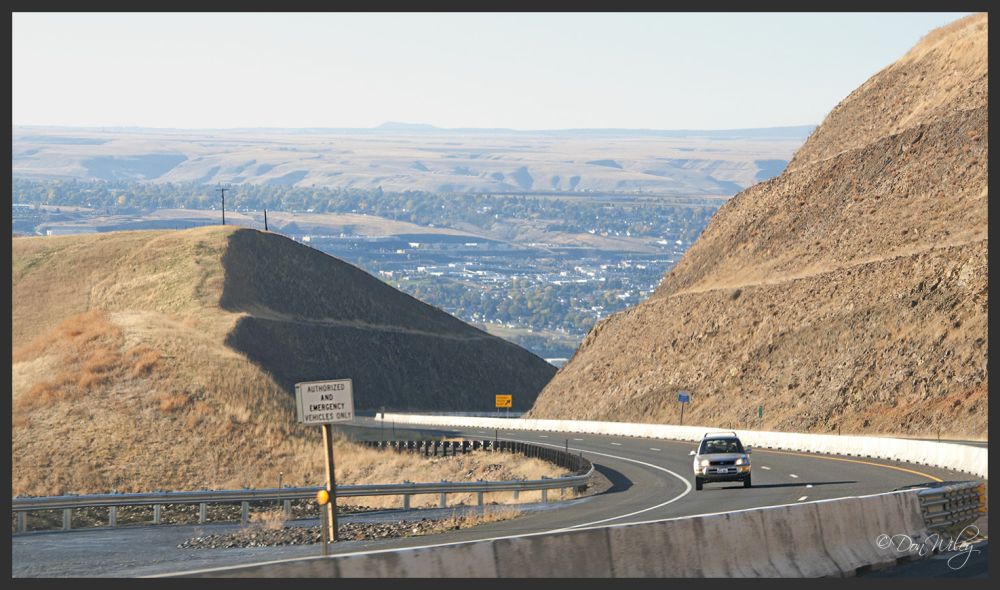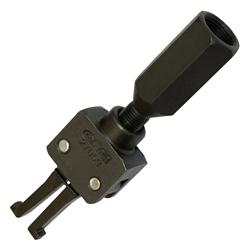Sunset
Give me a museum and I'll fill it. (Picasso) Give me a forum ...
Our dryer was screeching and squealing for a couple of years. I had previously wiggled the belt and it had quieted down for some weeks. But this time I let squeal and screech although you could hear it in the entire house for the 2 years !
Suddenly there was wonderful silence... Until DW said the dryer is broke.
So I checked youtube and went down and opened it up, found a broken belt.
Watched the videos to be sure I knew what to do, and they suggested the screeching was the drum bearing.
So back to the basement, pulled out the drum and found it was super worn, and had cut through part of itself (its in 2 parts that fit together). This totally explained the loudness.
I ordered the parts from partSelect which has great videos on repairs of the parts. It was $100 , once I got the parts in 3 business days, it took about 1 -> 1.5 hours to replace everything and put it back together.
Tested it quickly and it all worked super quietly... Now I can't tell if DW is doing the laundry anymore
Suddenly there was wonderful silence... Until DW said the dryer is broke.
So I checked youtube and went down and opened it up, found a broken belt.
Watched the videos to be sure I knew what to do, and they suggested the screeching was the drum bearing.
So back to the basement, pulled out the drum and found it was super worn, and had cut through part of itself (its in 2 parts that fit together). This totally explained the loudness.
I ordered the parts from partSelect which has great videos on repairs of the parts. It was $100 , once I got the parts in 3 business days, it took about 1 -> 1.5 hours to replace everything and put it back together.
Tested it quickly and it all worked super quietly... Now I can't tell if DW is doing the laundry anymore





